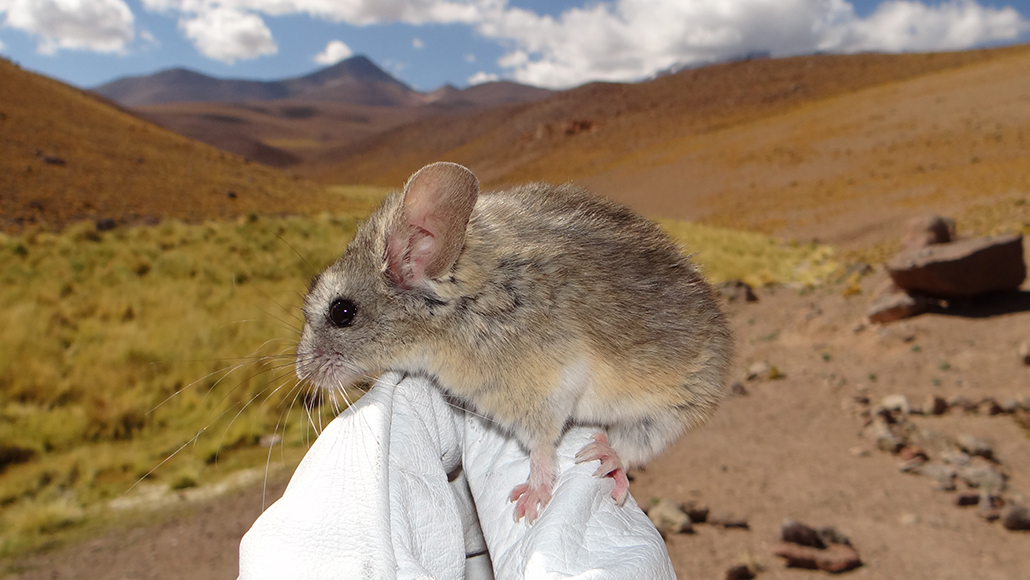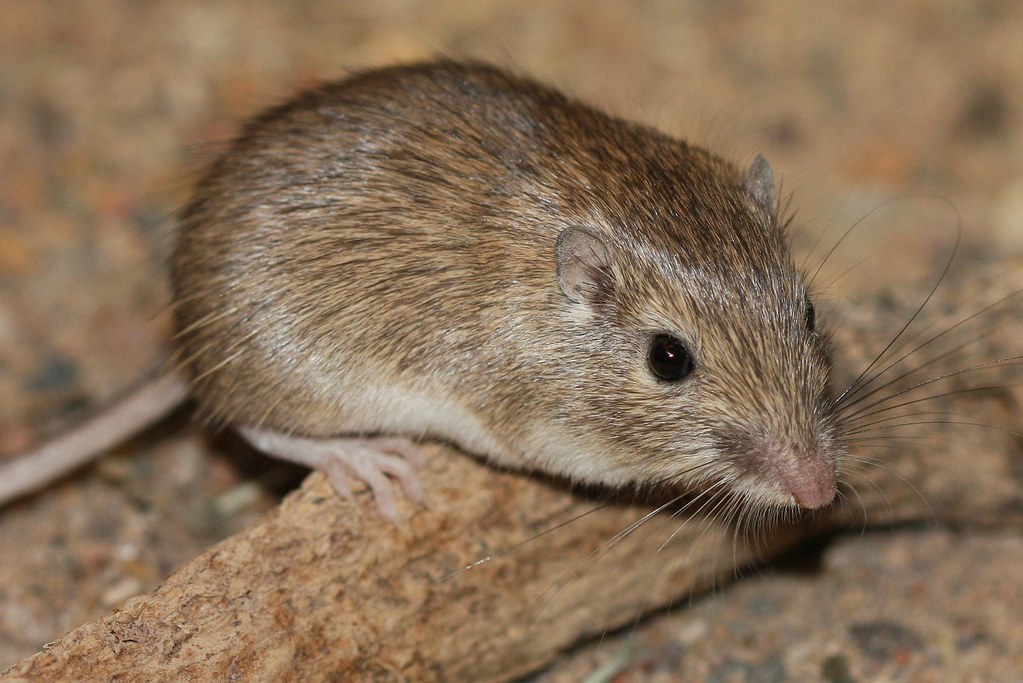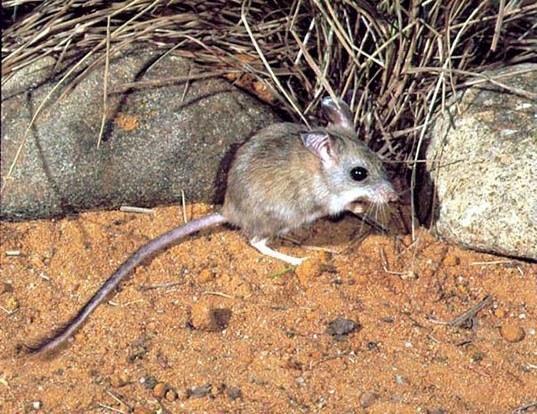

For example, the dorsum is nearly black for mice living in black volcanic soils. The dorsal pelage of Arizona pocket mice is generally orange-ish tan with differing amounts of black dusting, depending on the location. Weight and length measurements are fairly invariable for Perognathus amplus throughout its distribution. Tail length ranges from 72 to 95 mm, hind foot length from 17 to 22 mm, and body weight from 9.2 to 14 grams. There are no differences in appearance between males and females of Perognathus amplus. The pockets are most often used to transport food but can also be used to transport nesting materials.Īrizona pocket mice are quadrupedal.
#Arizona pocket mouse skin#
The pouches are external pockets of skin which are lined with fur and have an opening next to the mouth (Brown and Burton, 1969). Plant Foods: leaves seeds, grains, and nutsĪrizona pocket mice get their name from their cheek pouches. This probably helps to keep the seeds moist since not all parts of the burrow are equally wet. Evidence from mice in captivity shows that Arizona pocket mice move seeds around in their burrows. They store the seeds in a storage area in their burrow, which they defend aggressively. Arizona pocket mice carry seeds to their burrows by packing them into their cheek pouches. When harvesting from the soil, they apparently dig randomly to find the seeds and then sift sand and dirt through their front claws. Arizona pocket mice gather seeds either directly from plants or from beneath the soil.


In particular, they seem to avoid foraging in the open when barn owls are present and when there is moonlight, which makes them more visible to predators (Brown, et. Studies have shown that Arizona pocket mice also alter their foraging habits in response to risk of predators. This is believed to be because their quadrupedal morphology and less acute hearing puts them at a greater risk in open areas than other desert rodents such as kangaroo rats (Brown, et. Their bodies have adapted to retain the necessary amounts of water from the food they eat.Īrizona pocket mice forage for seeds preferentially in the small, open spaces between shrubs, where they can remain hidden. Like all pocket mice, Arizona pocket mice do not drink. In captivity, they have been found to eat lettuce, mealworms, and millet seeds. They also occasionally eat insects and green vegetation. In addition to their impact on seed populations, Arizona pocket mice also change their ecosystem by digging underground burrow systems.Įcosystem Impact: disperses seeds creates habitatĪrizona pocket mice are primarily granivorous, eating seeds of forbs or woody plants these include those of creosote bush, Pectocarya, heronbill, and plantain. Evidence also shows Arizona pocket mice aid in the germination of seeds they cache and do not eat. They also they may reduce the competition between seedlings. For example, in eating the seeds of their preferred food and preventing them from germinating, they may cause populations of less desirable food sources to flourish. In this way, they are capable of affecting the organization of the plant community. This also helps to reduce competition.Īrizona pocket mice alter their environment by disturbing the natural dispersal of seeds. Additionally, kangaroo rats concentrate on high-density seed patches, while Arizona pocket mice prefer low-density patches (Reichman, 1979.). The small size of Arizona pocket mice makes them suitable for the bushmicrohabitat, whereas the larger size, quadrupedal locomotion, and acute hearing of Merriam’s kangaroo rats make it more suitable for the open microhabitat (Brown, 1988). Studies have also shown that differences exist among the species in terms of microhabitat adaptations. For example, a study by Brown (1989) showed that Arizona pocket mice, Merriam’s kangaroo rats, Harris’s antelope ground squirrels, and round-tailed ground squirrels are each best-suited to forage for seeds at a different time of the year the best time for Arizona pocket mice is from August to October. However, community organization allows for coexistence of these species with minimal competition for food and resources. In a sense, Arizona pocket mice compete for food with other granivorous desert rodents. The deserts of Arizona are home to many granivorous rodent species.


 0 kommentar(er)
0 kommentar(er)
